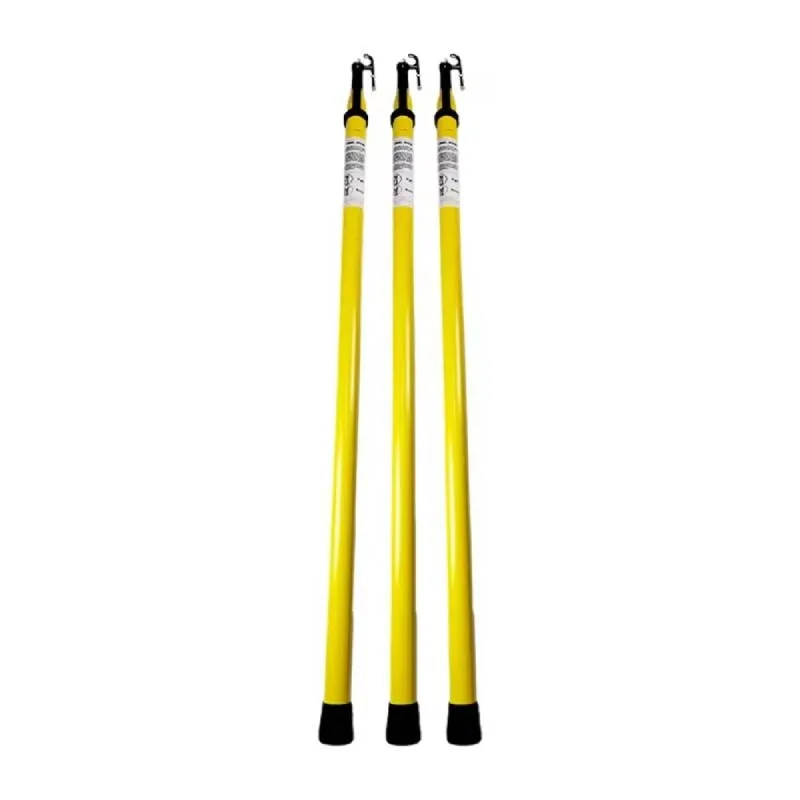
-
 Afrikaans
Afrikaans -
 Albanian
Albanian -
 Amharic
Amharic -
 Arabic
Arabic -
 Armenian
Armenian -
 Azerbaijani
Azerbaijani -
 Basque
Basque -
 Belarusian
Belarusian -
 Bengali
Bengali -
 Bosnian
Bosnian -
 Bulgarian
Bulgarian -
 Catalan
Catalan -
 Cebuano
Cebuano -
 Corsican
Corsican -
 Croatian
Croatian -
 Czech
Czech -
 Danish
Danish -
 Dutch
Dutch -
 English
English -
 Esperanto
Esperanto -
 Estonian
Estonian -
 Finnish
Finnish -
 French
French -
 Frisian
Frisian -
 Galician
Galician -
 Georgian
Georgian -
 German
German -
 Greek
Greek -
 Gujarati
Gujarati -
 Haitian Creole
Haitian Creole -
 hausa
hausa -
 hawaiian
hawaiian -
 Hebrew
Hebrew -
 Hindi
Hindi -
 Miao
Miao -
 Hungarian
Hungarian -
 Icelandic
Icelandic -
 igbo
igbo -
 Indonesian
Indonesian -
 irish
irish -
 Italian
Italian -
 Japanese
Japanese -
 Javanese
Javanese -
 Kannada
Kannada -
 kazakh
kazakh -
 Khmer
Khmer -
 Rwandese
Rwandese -
 Korean
Korean -
 Kurdish
Kurdish -
 Kyrgyz
Kyrgyz -
 Lao
Lao -
 Latin
Latin -
 Latvian
Latvian -
 Lithuanian
Lithuanian -
 Luxembourgish
Luxembourgish -
 Macedonian
Macedonian -
 Malgashi
Malgashi -
 Malay
Malay -
 Malayalam
Malayalam -
 Maltese
Maltese -
 Maori
Maori -
 Marathi
Marathi -
 Mongolian
Mongolian -
 Myanmar
Myanmar -
 Nepali
Nepali -
 Norwegian
Norwegian -
 Norwegian
Norwegian -
 Occitan
Occitan -
 Pashto
Pashto -
 Persian
Persian -
 Polish
Polish -
 Portuguese
Portuguese -
 Punjabi
Punjabi -
 Romanian
Romanian -
 Russian
Russian -
 Samoan
Samoan -
 Scottish Gaelic
Scottish Gaelic -
 Serbian
Serbian -
 Sesotho
Sesotho -
 Shona
Shona -
 Sindhi
Sindhi -
 Sinhala
Sinhala -
 Slovak
Slovak -
 Slovenian
Slovenian -
 Somali
Somali -
 Spanish
Spanish -
 Sundanese
Sundanese -
 Swahili
Swahili -
 Swedish
Swedish -
 Tagalog
Tagalog -
 Tajik
Tajik -
 Tamil
Tamil -
 Tatar
Tatar -
 Telugu
Telugu -
 Thai
Thai -
 Turkish
Turkish -
 Turkmen
Turkmen -
 Ukrainian
Ukrainian -
 Urdu
Urdu -
 Uighur
Uighur -
 Uzbek
Uzbek -
 Vietnamese
Vietnamese -
 Welsh
Welsh -
 Bantu
Bantu -
 Yiddish
Yiddish -
 Yoruba
Yoruba -
 Zulu
Zulu


Dec . 18, 2024 17:53 Back to list
Wireline Clamp for Enhanced Secure Connections in Cable Management Systems
Understanding Wire Line Clamps Essential Tools in Cable Management
Wire line clamps play a crucial role in various industries by ensuring the secure management of cables and wires. These versatile devices are designed to maintain the organization of wire harnesses, prevent tangling, and protect against wear and tear. Understanding the significance of wire line clamps, their types, applications, and benefits can greatly enhance efficiency in numerous settings.
What Are Wire Line Clamps?
Wire line clamps, also commonly referred to as wire clamps or cable clamps, are mechanical devices that hold wires and cables in place. They are made from a variety of materials, including plastic, metal, and rubber, which allows them to be used in different environments. The primary function of wire line clamps is to ensure that wires do not move or become disconnected, which can lead to malfunction or damage.
Types of Wire Line Clamps
Wire line clamps come in various forms, each designed for specific applications. Here are some of the most common types
1. Fixed Clamps These clamps provide a permanent solution for securing wires in place. They are typically attached to a surface using screws or bolts.
2. Adjustable Clamps These are versatile clamps that can be tightened or loosened as needed. They are ideal for situations where wires need to be added or removed frequently.
3. Rubberized Clamps Designed to reduce friction and protect the cable insulation, rubberized clamps are particularly useful in environments with a lot of movement or vibration.
4. Hose Clamps Often used in automotive and industrial applications, these clamps are designed to secure hoses and cables tightly and prevent leaks.
5. Cable Tie Clamps These are often used in conjunction with cable ties to provide a comprehensive solution for organizing and securing wires.
wire line clamp

Applications of Wire Line Clamps
Wire line clamps find applications across myriad industries. In the electrical and telecommunications sectors, they are essential for routing and securing wiring systems, ensuring that connections remain intact and operational. In automotive manufacturing, clamps are used to secure wiring harnesses, preventing potential short circuits and ensuring safety.
Moreover, in construction and industrial environments, wire line clamps assist in organizing electrical installations, making maintenance easier and reducing hazards related to loose wires
. They are also employed in home improvement projects for cable management, keeping wires tidy and out of the way.Benefits of Using Wire Line Clamps
The use of wire line clamps offers several advantages that enhance operational efficiency
- Organization By keeping wires securely in place, wire line clamps help prevent clutter and tangling, facilitating easier access and maintenance.
- Safety Loose wires can pose significant safety risks, including trip hazards and electrical faults. Clamps minimize these risks by securing cables in a designated location.
- Protection Clamps shield wires from environmental factors like moisture, dust, and abrasion, extending the lifespan of the cables.
- Cost-Effectiveness By preventing damage to cables and reducing the need for replacements, wire line clamps contribute to overall cost savings in maintenance and operational efficiency.
Conclusion
Wire line clamps are fundamental components in effective cable management across a wide array of industries. Their ability to secure, protect, and organize cables makes them indispensable tools in maintaining system integrity and safety. Understanding their types and applications can help professionals choose the right clamps for their specific needs, ultimately leading to enhanced productivity and reduced operational risks. As industries continue to evolve, the importance of wire line clamps in ensuring reliable and organized cable management cannot be overstated.
Latest news
What Are Construction Tools and How Are They Used?
NewsJul.11,2025
Professional-Grade Duct Rodding Tools for Superior Cable Installation
NewsJul.11,2025
Enhancing Safety and Efficiency with Modern Hot Stick Solutions
NewsJul.11,2025
Empowering Cable Installation with Advanced Rodder Solutions
NewsJul.11,2025
Elevate Your Cable Installation Projects with Cable Pulling Tools
NewsJul.11,2025
Efficient Cable Handling Solutions: Cable Rollers for Sale
NewsJul.11,2025











